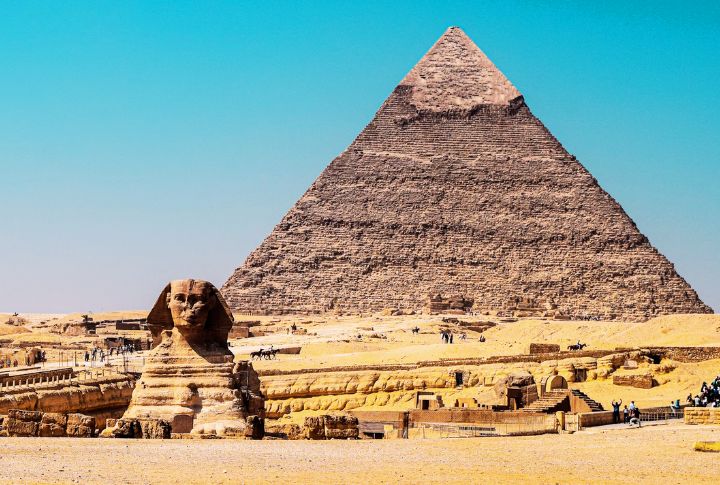
The map didn’t always look like this. Back then, colossal empires rose from scattered tribes using clever strategies. They invented what no one else could, and left their fingerprints on everything from roads to religion. These ten empires redefined what power meant across centuries of ambition and stunning influence.
Roman Empire
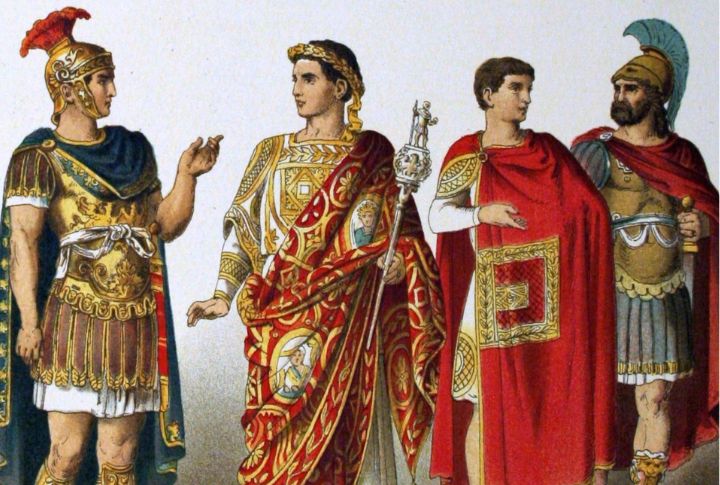
Spanning three continents, the Roman Empire is one of the most dominant powers in recorded history. At its height, Rome commanded vast regions throughout Europe and the Middle East. Known for remarkable work initiated for the public, they constructed a network of roads that connected distant provinces.
Assyrian Empire
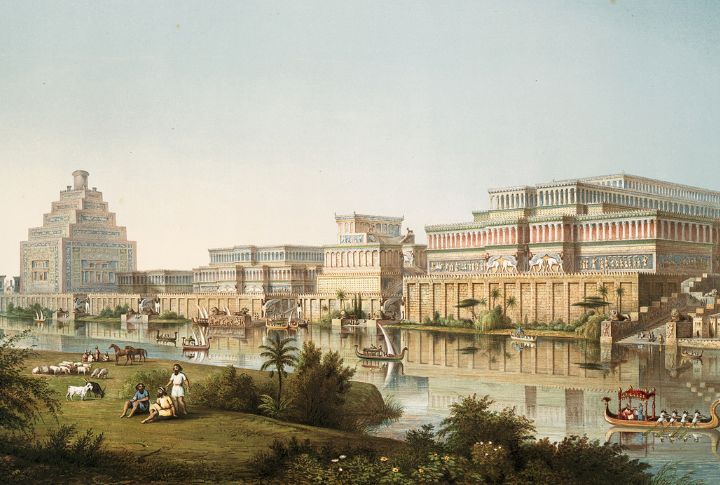
The Assyrians roared through history with iron weapons and siege towers. Dominating Mesopotamia by the 9th century BCE, they ran a fierce, organized military and built grand cities like Nineveh. Their power model inspired later empires, and their influence lingered long after their fall.
Persian Empire
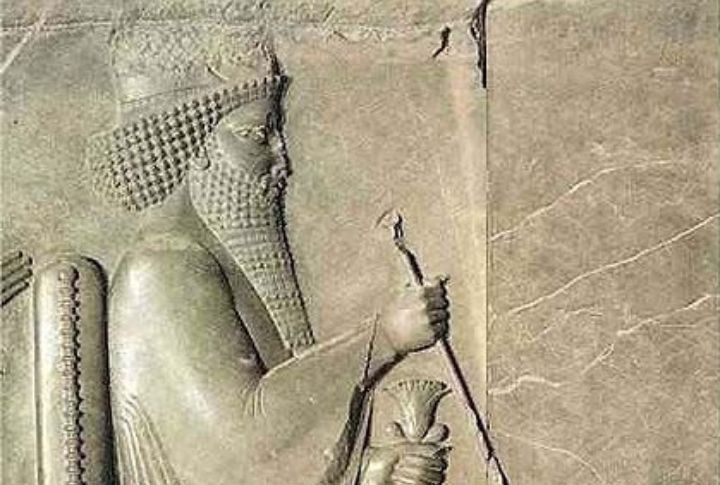
The Persian Empire, under the Achaemenid rulers, was a major force in early antiquity. Stretching from the Indus River to the Nile, it introduced a sophisticated system of administration to govern a population spanning countless ethnicities and local customs. Persians showcased their brilliance through structures that captured both power and beauty.
Legacy Of Egypt
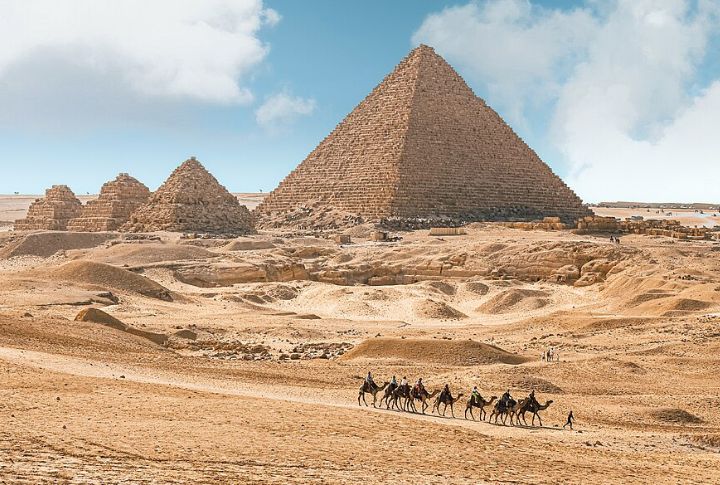
Egypt was a major powerhouse in early human development, leaving a mark that still resonates today. Famous for raising the Pyramids and the Sphinx, Egyptians pioneered advances in math and large-scale construction. Their innovations set the stage for breakthroughs that echo through modern civilization.
The Hellenistic Empire
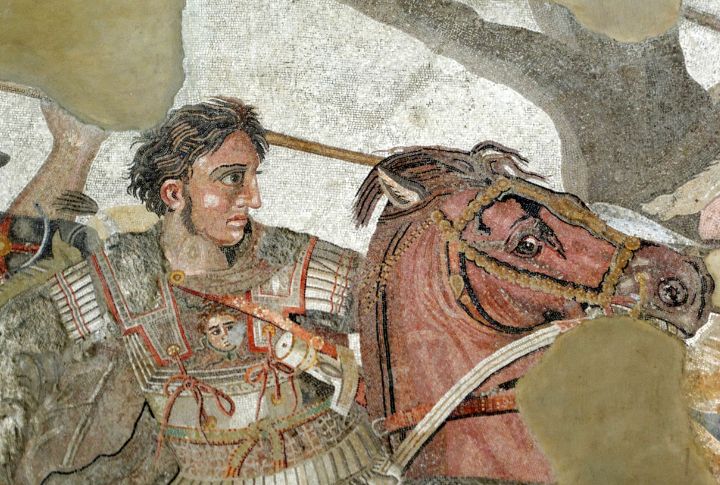
Though it was not a single unified state, the Greek world, with Athens and Sparta leading the way, shaped much of modern thought. Their ideas in philosophy and artistic expressions spread widely, thanks to Alexander the Great, whose campaigns embedded Hellenistic ideas in distant lands.
Byzantine Empire
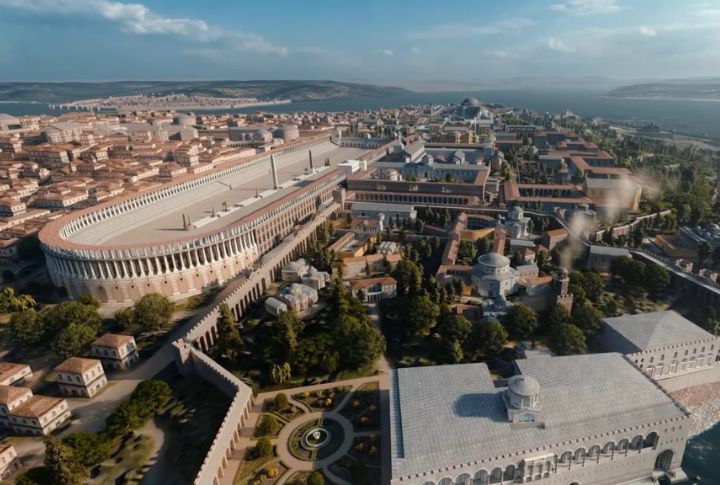
Byzantium rose in the East, preserving Roman ideas through centuries of change. Its capital, Constantinople, became a center of learning and art. By protecting ancient texts and knowledge, the empire helped pass classical wisdom into Europe, shaping the foundation for future cultural and intellectual revival.
Han Dynasty
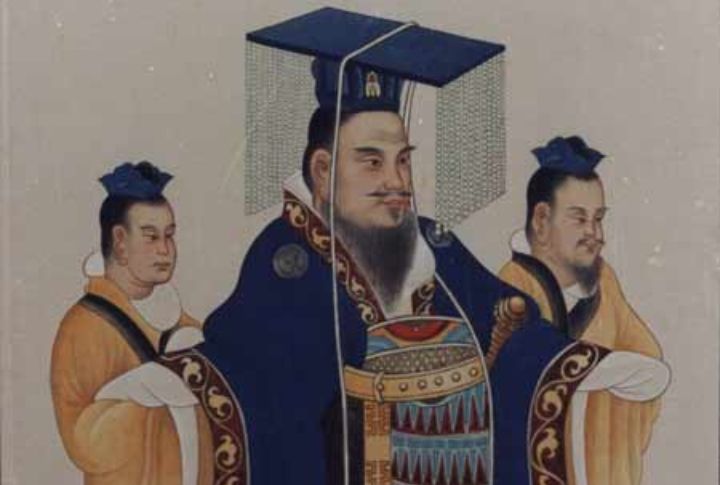
The Han rulers turned China into a formidable state. Their western expansion opened the Silk Road, connecting East Asia with the Mediterranean, mainly for trade. That route became a lifeline for economic and intellectual exchanges, and the Han era left a foundational imprint on cultural identity.
Maurya Empire

Under Emperor Ashoka, the Maurya Empire brought the Indian subcontinent under centralized leadership. By embracing religious tolerance and widespread reform, it became a model of enlightened rule. Ashoka’s support of Buddhism and moral law influenced societies from Sri Lanka to Southeast Asia for generations.
Hittite Empire

Long buried in Anatolian soil, the Hittites were once a force equal to Egypt. By 1600 BCE, they built a kingdom fueled by diplomacy and early ironwork. One of the first recorded peace treaties was negotiated by them, which shaped political strategy across the ancient Near East before fading into legend.
Babylonian Empire
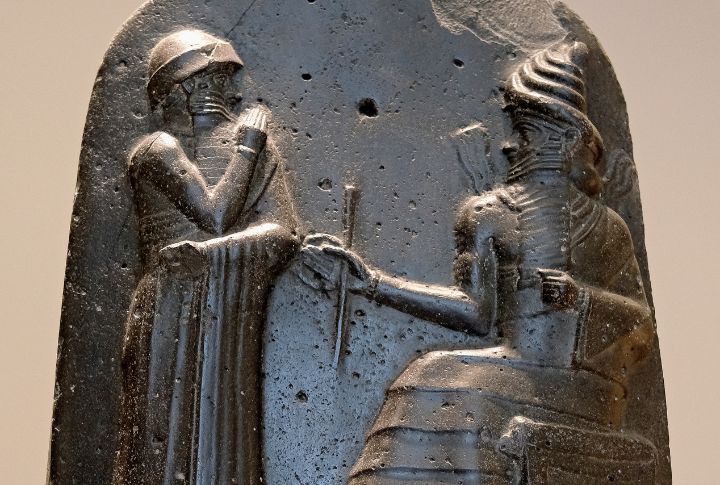
Babylon flourished under Hammurabi, whose code of laws became known as one of the earliest written legal systems. Known for its scholarly advances and iconic ziggurats, it turned southern Mesopotamia into a cultural influence. The Hanging Gardens may be lost, but the empire’s contributions to law still echo today.

